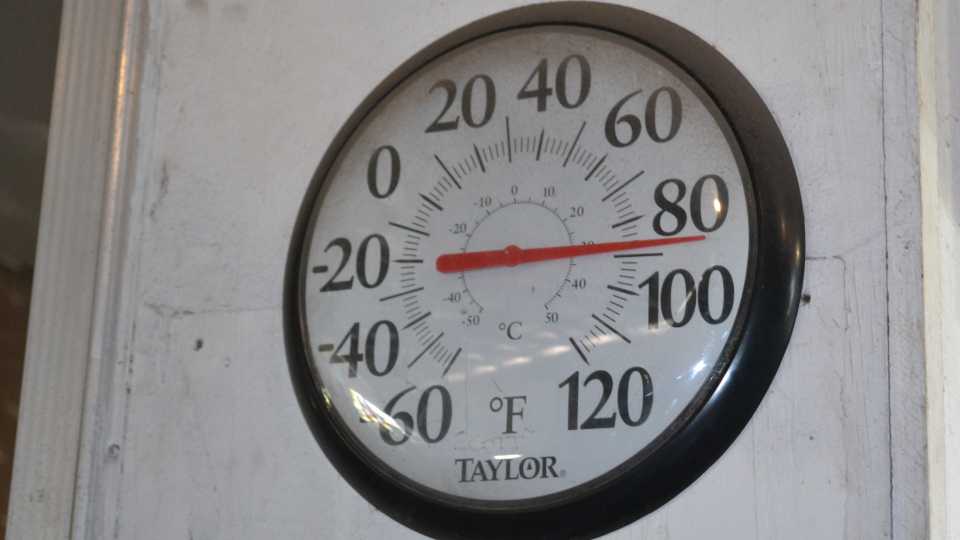The Benefits Of High Tunnel Production
High tunnels often allow growers to get a jump start on the growing season, especially in some Northern states. In Illinois, the state Department of Agriculture supports initiatives to use high tunnels to extend the growing season to increase the quantity and quality of locally grown specialty crops.
Hoophouses, or high tunnels, are non-permanent structures that are heated by solar radiation and ventilated through side vents or top vents. In addition, many high tunnels use drip irrigation systems.
“Studies have shown that high tunnels can provide extra revenues and that producers adapt quickly to growing produce indoors,” said University of Illinois Extension local food systems and small farms educator James Theuri.
Despite the wide variety of vegetables grown in Illinois, the National Agricultural Statistical Service (NASS) reported an income of only $0.4 billion in 2010 from the sale of Illinois specialty crops. Paradoxically, Theuri said, “Demand for locally produced food items has been on the rise, and consumers are willing to pay a premium for them. They worry about food safety and the size of the ‘carbon footprint’ when the food has to be shipped from a distance.”
Illinois, with its good soils, sophisticated transportation system, and central location, has a strong position in agriculture. It is, however, at a disadvantage compared to many southern states because of its short (five to six months) growing season.
High tunnels can be purchased as kits that are assembled on the ground and lifted onto uprights that form the sidewalls. Some growers use bent pipes to make their own.
It costs more to produce crops in high tunnels than in the field, mainly because of the initial capital investment and the increased labor costs. However, Theuri points out, they are cheaper to operate than greenhouses and facilitate production of high-quality products through ecological, economical, and more efficient production systems.
“Marketable yields in high tunnels tend to be higher than from the field because in the former, there is less loss from pests, diseases, and adverse weather conditions,” Theuri said. High-tunnel produce is also less likely to be contaminated by infectious pathogens, especially those that emanate from manure.
The main advantage of high tunnels is that they allow producers to capture a longer market window, to “spring” into the market earlier than field producers and grow vegetables longer into fall and winter. High tunnel crops are available when local field-grown crops are not, which means that they can be sold at a premium, as shown by a University of Missouri study.
Theuri advises developing a marketing plan that takes all these factors into account before production starts. A Model Business Plan for Season Extension with Hoophouses by David S. Conner and C.S. Mott Group (Sustainable Food Systems, Michigan State University) is available at http://www.sustainablefarmer.com/hoophouses/HoopHouseBulletin.pdf .
Theuri said that not all crops are suitable for high tunnels. “Despite increased quality, some crops may not warrant a significant price increase; other crops are simply not profitable when grown in high tunnels.”
Crops such as tomatoes, raspberries, and strawberries can be started approximately one month early in high tunnels. Crops that are well-suited to cold weather high-tunnel production include salad greens, spinach, green onions, kohlrabi, winter carrots, bok choy, turnips, beets, Swiss chard, tatsoi, mizuna, snap peas, radishes, and many types of herbs.
Marketing alternatives in Illinois include wholesale marketing, direct and retail marketing, and recently, food hubs. Illinois growers, particularly those in the north, have an insatiable market in the great Chicago “foodshed.” Chicago is populated by many different ethnic groups that provide niche markets. For small scale growers, options include U-Pick operations and community-supported agriculture marketing.
Initiatives mandating that state institutions buy a certain percentage of their food locally, and increasing concern about “food deserts” (areas lacking fresh produce) in urban areas, may be another source of market opportunities for produce grown in high tunnels.
More than 4,000 tunnels have been erected nationwide. Interested producers should check with their local USDA Natural Resources Conservation Service (NRCS) office for guidelines for Environmental Quality Incentives Program (EQIP) funding for high tunnels, which can cover approximately 75% of the cost of installation.
Source: University of Illinois news release; Susan Jongeneel, [email protected]










